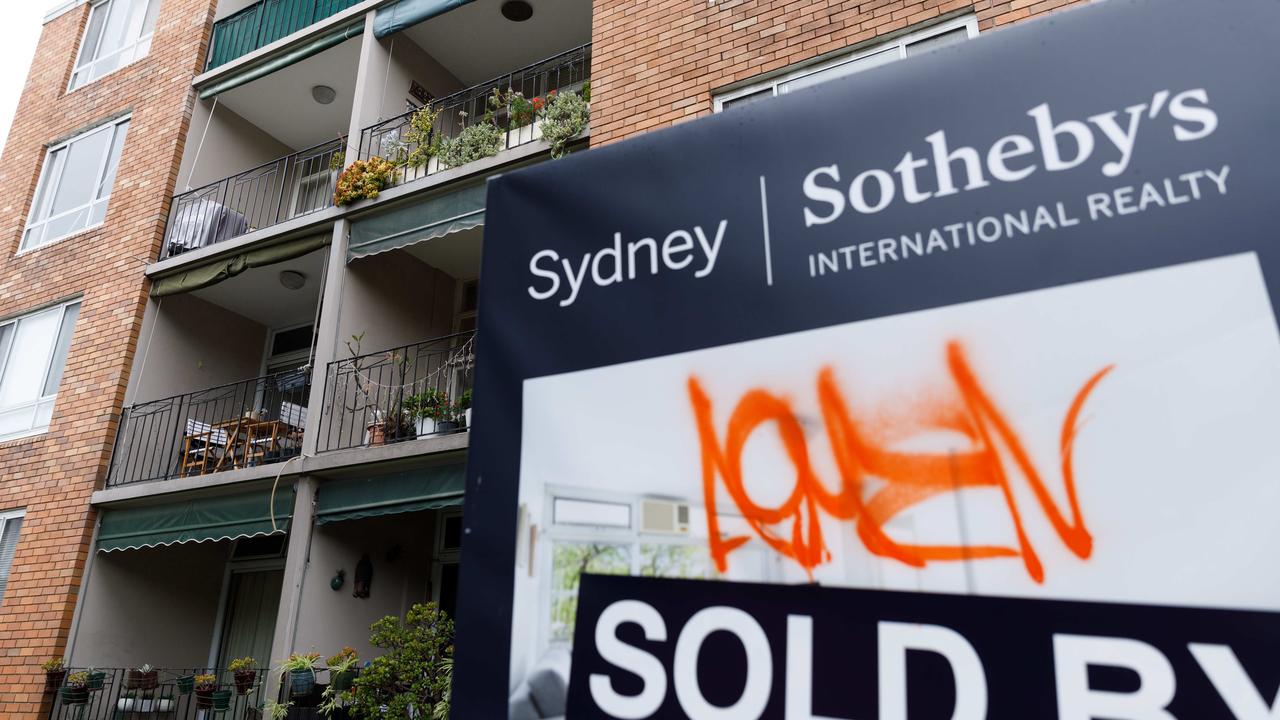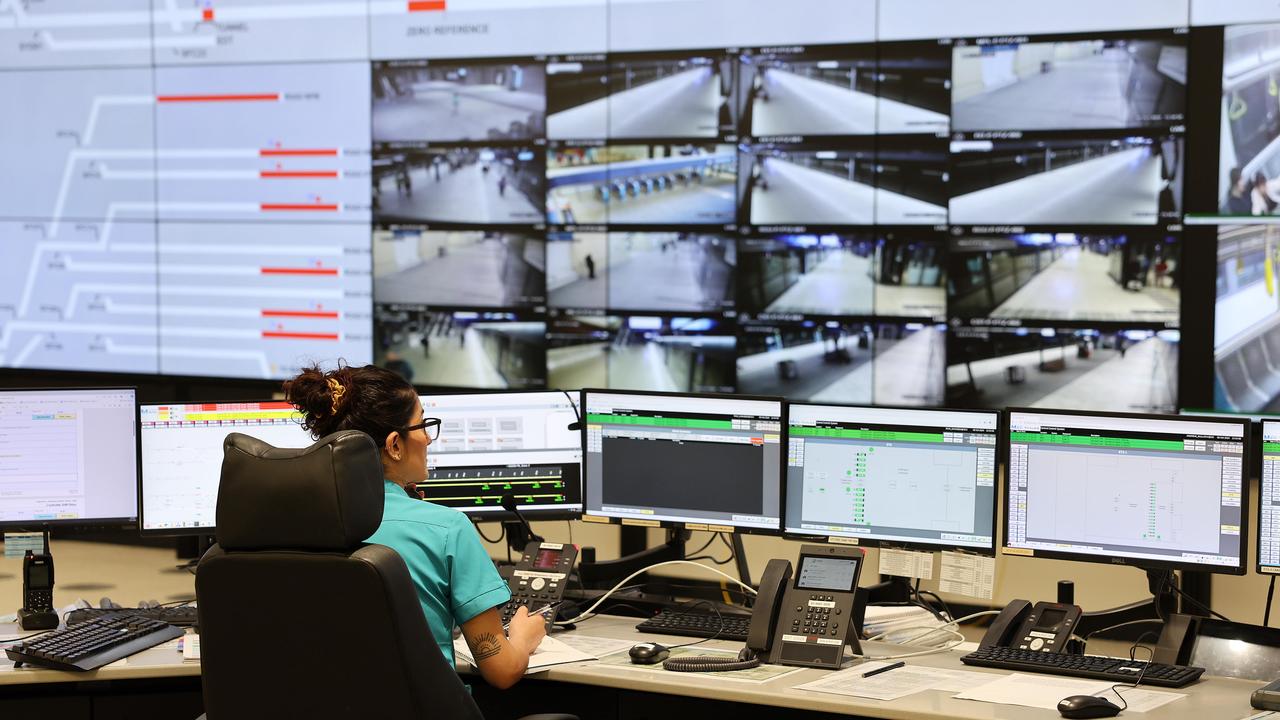The bigger warning signs from CSL’s $1bn heartburn
There were high hopes for a wonder drug being developed by CSL which failed. The pharma giant is still taking the win from the loss.

Business
Don't miss out on the headlines from Business. Followed categories will be added to My News.
As far as blockbuster drugs go, the innocuously named CSL112 promised it all.
Under development by CSL, Australia’s homegrown pharma heavyweight, the drug was designed to reduce the risk of a repeat and often deadly heart attack in the weeks and months following patients surviving their initial attack. In medicine's glamour field, this was going to be a game changer.
The drug was slowly but steadily making its way through rigorous testing. CSL had been optimistic about results so far and even before the final trials finished was gearing up to register CSL112 with the powerful US Food and Drug Administration, the last step before going to the market.
Then on Monday the results of the last round of multi-year testing finally arrived. CSL112 failed.
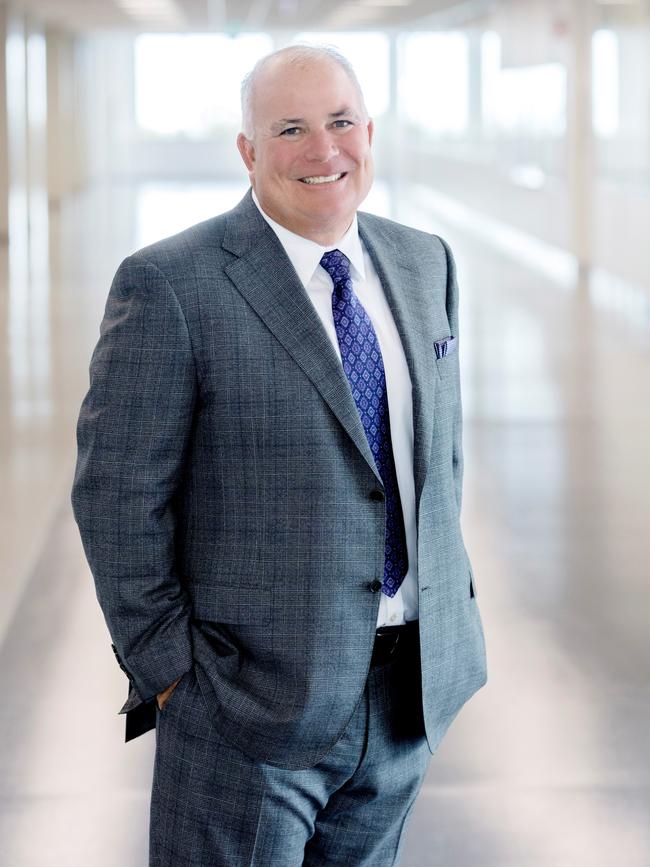
The drug fell short of hitting its primary goal of minimising repeat heart attacks within three months. While there were no patient safety issues linked to the Phase 3 trial, CSL has abandoned any plans for regulatory application. In other words the program, estimated to have cost $US1bn ($1.5bn) has been shelved – for now.
The drug has been in development for more than 15 years and while big hits and big misses are part of the pharma market — everyone notices when blockbuster drugs fail this far along the process.
A $1.5bn investment is not insignificant and CSL will embark on a round of soul searching in coming months over what went wrong with CSL112.
It follows another high profile loss at CSL in recent years. During the pandemic, CSL had to shelve its partnership with the University of Queensland to develop a virus-busting Covid drug after its earlier candidates delivered false readings.
The questions to be asked around CSL112 include did the drug maker’s systems fail to detect problems with the data before it got to a costly Phase 3 trial?
And is there anything at all that can be salvaged from the drug developed so far?
Both are likely to be answered by CSL in coming months.
It went into Phase 3 knowing the risk of failure can be as much as 35 per cent. During the testing CSL also undertook two “futility” tests that gave the drugmaker additional comfort there was a real prospect of the drug becoming a success.
While the future of the CSL112 molecule is to be determined, the pharma is confident the development work to date has opened new research leads in other areas and has built a high-tech operating platform that can bring other drug candidates to market. New chief executive Paul McKenzie needs to remind his researchers that risk and failure are part of the process in discovering the next wonder drug.
New drug, new growth
Still, the loss is a significant blow. CSL is trying to grow beyond its influenza and blood treatments and deliver a portfolio of global drugs for its growth. This was its first foray into the contested world of cardiovascular disease and the financial upside was significant.
CSL112 would give it a new tentpole business to build off as it seeks to diversify away from costly business of plasma collection and blood culture manufacturing as well as ease the reliance on its cash cow drugs Privigen and Hizentra – both are used to treat immune deficiencies.
CSL112 was being tipped to deliver annual sales of as much as $US2.3bn by the end of the decade and a thick profit margin of 70 per cent, helping it to rapidly recoup development costs.
CSL’s fortunes were set to rise or fall on CSL112. The proof of this came earlier Monday when CSL closed nearly 5 per cent lower, a significant fall for a company worth more than $140bn.
Finally, the failure is also setback for CSL’s new facility in Broadmeadows in Melbourne’s north, which was being prepared to manufacture the drug for a global market.
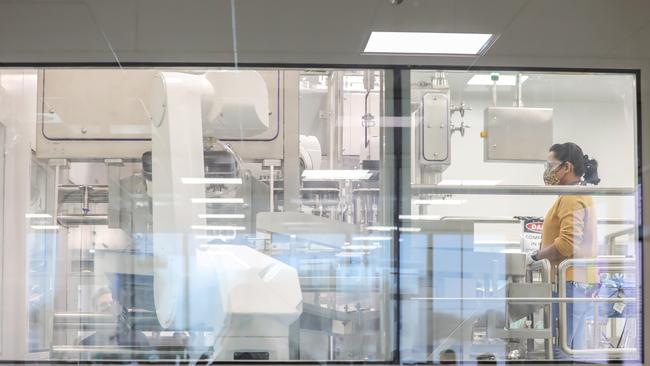
CSL112’s failure is the second major bump since McKenzie took charge. A profit warning last June – just one month into his tenure – sent shares crashing.
McKenzie has a lot on his plate with the integration of the $19bn buyout of Swiss-based Vifor still moving ahead. That deal, launched two years ago under previous boss Paul Perreault gave CSL a global kidney treatment specialist and an R&D drug pipeline.
CSL’s next big drug candidate is designed to attack hereditary disorders. Thankfully, this has passed Phase 3 tests and is now with US regulators for consideration with an update expected shortly.
On Tuesday McKenzie posted an 11 per cent lift in CSL’s first half profit to $US2.02bn. CSL will pay an interim dividend of $US1.19 per share on April 3, up 12 per cent in Australian dollar terms.
For now McKenzie’s challenge will be to convince investors he can continue to deliver growth even without drugs like CSL112.
This means CSL is still taking a win from its costly loss.
JB ‘does it again’
For decades JB Hi-Fi had the advertising pitch ringing out on late night TV: “JB – you’ve done it again.”
Even today, the mission statement holds true as the low fidelity electrical goods retailer holds its own even as consumers pull back on spending.
Yes, top line sales at JB Hi-Fi have slowed sharply from record levels last year as interest rates bite. However, the retail machine sitting behind the bright yellow shop front is still humming away.
And it’s robust sales numbers like JB Hi-Fi’s 0.7 per cent increase in December half sales and 2.5 per cent lift in January alone that will give comfort to Reserve Bank governor Michele Bullock in her call to hold the cash rate at a decade-long high as she calls out “continuing excess demand” across the economy.
The upbeat January sales, combined with better-than-expected December half earnings of $386m, powered JB Hi-Fi’s shares 7 per cent higher. The retailer’s shares are now trading at a record high in the midst of a grinding economic slowdown. Let that sink in.
The biggest surprise JB Hi-Fi delivered on Monday as it released its accounts was its “Blue” Good Guys Brand electrical goods managed to boost profit margins in the face of a sales slowdown and robust competition as rival retailers too were also trying to move fridges and washers.
This margin jump is remarkable during a downturn and has forced many to take a second look at the Good Guys, given it has long been overshadowed by the powerhouse “Yellow” JB Hi-Fi brand.
The Good Guys specialises in big and bulky household appliances. There’s more competition in this space from the likes of Harvey Norman, national brand Retravision and state-based players like Bing Lee. In the bulky goods market the rule goes as sales slow, it is time to pull out the red Texta and mark down more from the price to move the stock. All this cuts into profit margins.
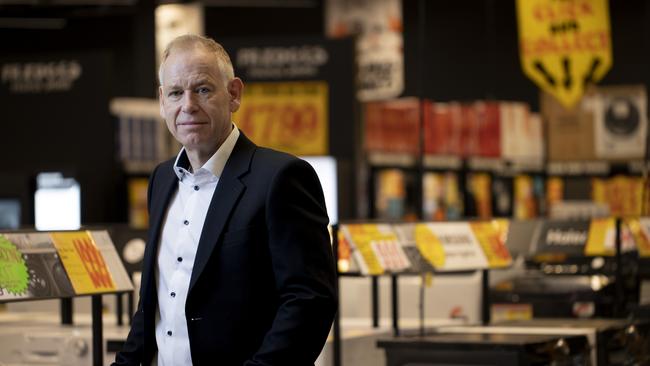
JB Hi-Fi’s boss Terry Smart ranks as one of the best retailers going at the moment and says the game is to focus on mix of sales at the Good Guys.
Sales of household appliances are holding up even as shoppers are moving to more discounted brands from premium brands. However, the profit margin remains healthy compared to personal technology like phones, tablets and smartwatches. The Good Guys also operates as an agent for some manufacturers. This means products are shipped directly from the appliance maker to the customer and the Good Guys clips the ticket on the sale without ever having to take the risk on warehousing or shipping the product.
Smart tells The Australian consumers are “definitely feeling the pressure” but it is very much category specific.
“If we look at those absolute must haves, like, mobile phones, we are continuing to see good growth in both in units and the average selling price,” he says.
White goods shouldn’t be seen as discretionary either, he adds. When a fridge or washing machine breaks down, consumers need a replacement and this is the space the Good Guys is operating in. So too house prices are holding up and consumers still feel wealthy even while inflation remains.
In good news for shoppers too, Smart says his big electronics suppliers are no longer demanding price rises beyond the normal cycle of tech and feature upgrades and this suggests the global supply chain is starting to function as normal.
Even with JB Hi-Fi holding the line in Australia, the retailer has revealed the extent of the economic pain over in New Zealand where interest rates are more than 1 percentage point higher than here.
The retailer posted a small loss ($400,000) in New Zealand during the December half as margins collapsed and sales stalled. Comparable sales in New Zealand were down more than 4 per cent January.
“It is absolutely challenging – a challenging economy and challenging retail environment,” Smart says. “We’ve just got to continue to execute as we do and open stores to gain market share. And then as the economy turns we will benefit from that.”
johnstone@theaustralian.com.au
More Coverage
Originally published as The bigger warning signs from CSL’s $1bn heartburn




